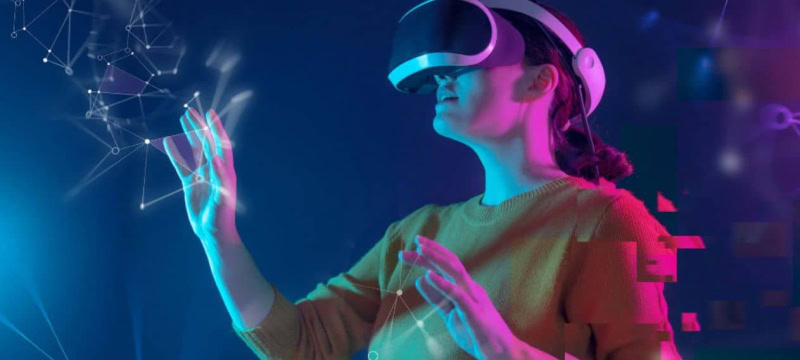The Rise of Virtual Reality in Art Exhibitions
Virtual Reality (VR) is making waves across various industries, and the art world is no exception. As traditional galleries and museums adapt to the digital age, VR technology is offering a revolutionary way to experience art. From immersive exhibitions to interactive installations, VR is redefining how we engage with creativity and culture.
Immersive Art Experiences: The New Frontier
Gone are the days when visiting an art gallery meant merely observing static works from a distance. VR is enabling audiences to step inside the art, becoming part of the creative process. Imagine walking through a Van Gogh painting or exploring an artist’s studio in three dimensions. This immersive approach not only enhances appreciation but also opens new possibilities for artistic expression.
Read more: The Hidden Danger Lurking in Your AC: What You Need to Know to Stay Safe
Case Studies: Pioneering VR Art Exhibitions
Several groundbreaking VR exhibitions have set the stage for this new era. For example, the “Van Gogh: The Immersive Experience” allows visitors to wander through digital recreations of Van Gogh’s most famous works, feeling as though they are part of the painter’s universe. Similarly, the “Frida Kahlo: Virtual Reality” exhibit offers a deeply personal exploration of Kahlo’s life and art, blending her emotional experiences with cutting-edge technology.
The Impact on Artists and Curators
For artists, VR presents an exciting canvas to experiment with new forms of storytelling and engagement. It also provides curators with innovative tools to present art in ways that were previously unimaginable. By utilizing VR, exhibitions can reach a global audience, breaking down geographical and physical barriers to art access.
Challenges and Future Prospects
Despite its potential, VR in art is not without challenges. High costs and the need for specialized equipment can limit accessibility for some venues and audiences. However, as technology advances and becomes more affordable, these barriers are likely to diminish. The future of VR in the art world promises even more dynamic and interactive experiences, paving the way for a new era of artistic engagement.
Conclusion: The Future of Art in Virtual Reality
Virtual Reality is more than just a trend; it represents a significant shift in how art is created, displayed, and experienced. As the technology continues to evolve, it will undoubtedly shape the future of art exhibitions, offering unparalleled opportunities for both artists and audiences. Embracing VR could very well be the key to unlocking a new dimension in the art world, where imagination knows no bounds.









